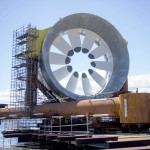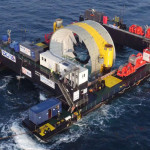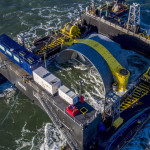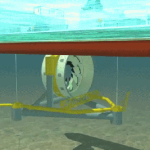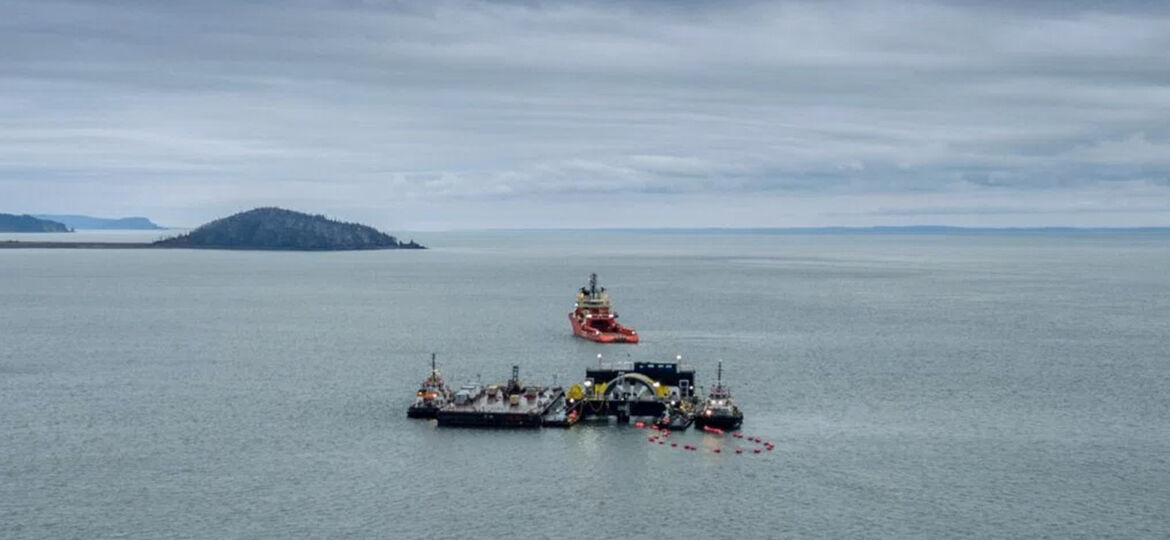
WHY THIS MATTERS IN BRIEF
- Tidal energy is still more complex and more costly to deploy, support and buy than other forms of renewable energy, with this installation the companies involved hope they can bring those costs down
The first tidal generator in North America has gone online this month in the Bay of Fundy, off Nova Scotia and is expected to generate enough electricity to power 500 homes.
While most hydro generators harness the energy of falling water, or the energy of the waves, tidal power uses the energy of the high and low tides. At the Bay of Fundy, which has the largest tides in the world, that energy is being harnessed to generate 2 megawatts of electrical power.
In the Bay of Fundy, the difference between high and low tide is a staggering 56 feet making the bay ideal for the installation with approximately 115 billion tons of water flow in and out of the bay every tidal period. Two renewable energy developers, OpenHydro and Emera, decided to build turbines on the seafloor that could harness that power.
This is actually the second attempt to pull this off. Back in 2009, the two developers attempted to install another turbine in the Bay of Fundy, but the tides were so powerful they destroyed the blades. This new turbine which is 5 stories tall and weighs in at a cool 1,000 tons – should hopefully be strong enough to withstand the powerful tidal forces.
This is just a proof of concept, and currently the turbine is more expensive than other energy technologies like coal or solar. However, the team hopes that by building more turbines they can bring the cost down and make tidal power competitive.
They plan to install a second turbine in the coming months, increasing power generation to 4MW, and to reach 16MW by the end of 2017. In the long term, they hope to be able to generate 300MW by the end of 2020.

